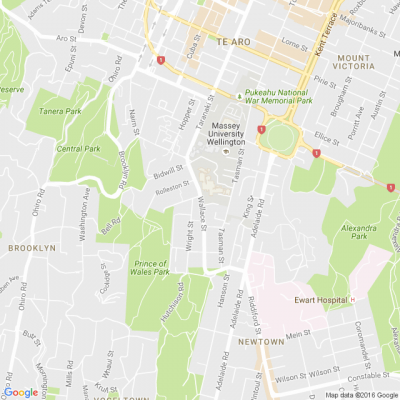
Know what’s happening
Access the private noticeboard for verified neighbours near you. Keep informed about any suspicious activity, send urgent updates to your neighbours when required and discuss emergency planning.
Get to know your neighbours
Browse the directory and start getting to know your neighbours. Don’t want to post to the whole neighbourhood? Send a private message.
Buy, sell and give away
Want to declutter your garage? Buy some used household items? Give away some garden stuff? Become a verified neighbour to browse and post items for sale. Trading is simple when everyone lives nearby.

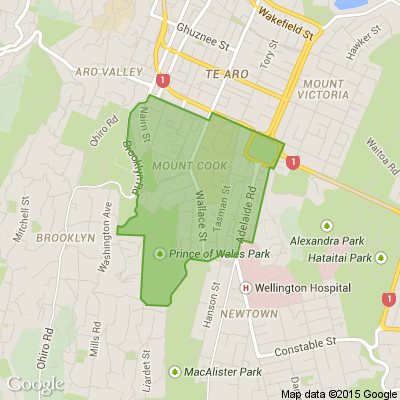
Borrow it!
Wanting to use a tool but don't want to buy it? Ask your neighbours if they have it here.

Thank you for using Neighbourly
You may receive an email confirmation for any offer you selected. The associated companies will contact you directly to activate your requests.
Whitby Collegiate is the first progressive, independent, co-educational school in the Wellington region for Years 7 to 13.
• Excellent teacher to student ratios.
• Strong academic results.
• A supportive learning environment.
• Buses running to and from the Kāpiti Coast, … View moreWhitby Collegiate is the first progressive, independent, co-educational school in the Wellington region for Years 7 to 13.
• Excellent teacher to student ratios.
• Strong academic results.
• A supportive learning environment.
• Buses running to and from the Kāpiti Coast, Porirua, Johnsonville and the Hutt Valley.
Enrolments are now open for 2022. Limited spaces still available this year.
To apply to enrol, or for more information on booking a school tour and our open days go to whitbycollegiate.school.nz
Find out more

Laura from Newtown
Catch "Flora and the Fantastic Flower" at Newtown Community Centre this weekend! Show times are 6pm Friday, 1pm Saturday and 6pm Sunday. Blending circus, comedy and playful painting, this is a show for the young and young at heart. Entry is a gold coin donation. Check out the Facebook … View moreCatch "Flora and the Fantastic Flower" at Newtown Community Centre this weekend! Show times are 6pm Friday, 1pm Saturday and 6pm Sunday. Blending circus, comedy and playful painting, this is a show for the young and young at heart. Entry is a gold coin donation. Check out the Facebook event which also includes accessibility information: fb.me...
Cathy from Kelburn
2 dry cleaned single bed down filled duvets - yours to pick up
Free
Kylie Klein Nixon Reporter from Homed
Has anyone ever seen something like the image below in an older Kiwi home? Does anyone remember them from their childhood? These strange slots allowed you to rid yourself of an old razor and never think of it again...but it also meant, years down the track, that someone renovating would be in for a… View moreHas anyone ever seen something like the image below in an older Kiwi home? Does anyone remember them from their childhood? These strange slots allowed you to rid yourself of an old razor and never think of it again...but it also meant, years down the track, that someone renovating would be in for a nasty, rusty surprise.
I'm certain I've seen something like this here in Aotearoa-NZ, but can't for the life of me recall where. It was in the back of the medicine cupboard. Let us know if you've seen, had - or have - one in your home.
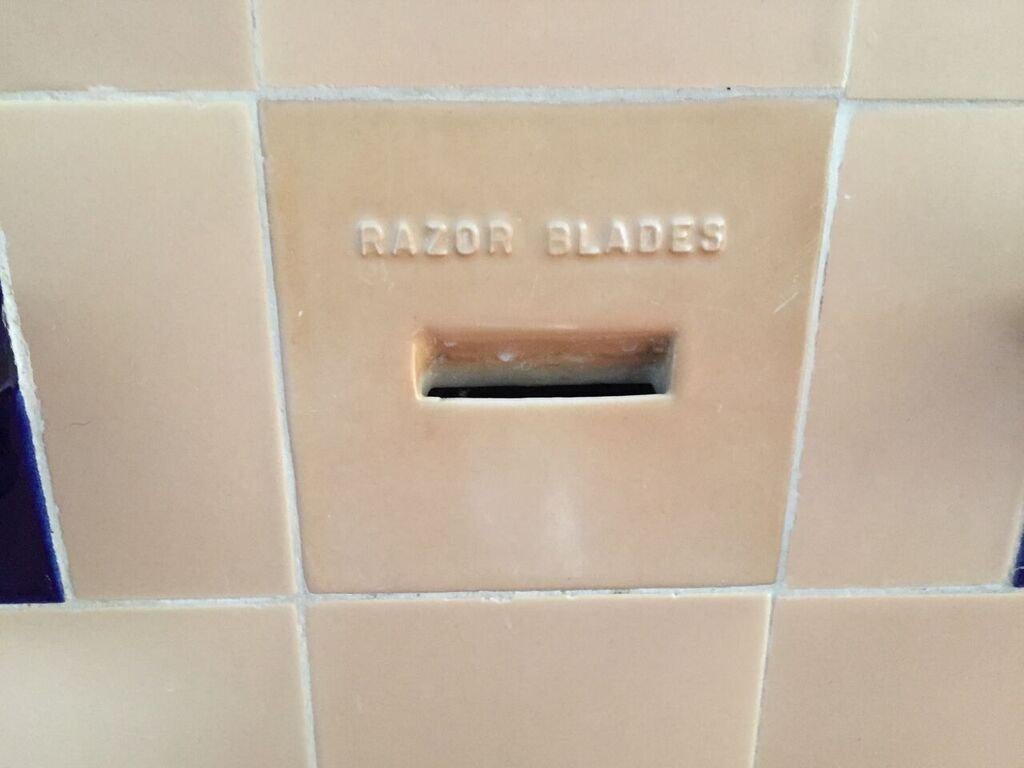
137 replies (Members only)
Reporter Community News
The city council is dismantling the Michael Fowler Centre bridge as it prepares to put in base isolators as its prepares to earthquakes strengthen the building.
A crane will be onsite on Tuesday 2 and Wednesday 3 February
The bridge was added to the Michael Fowler Centre in the 1990s.
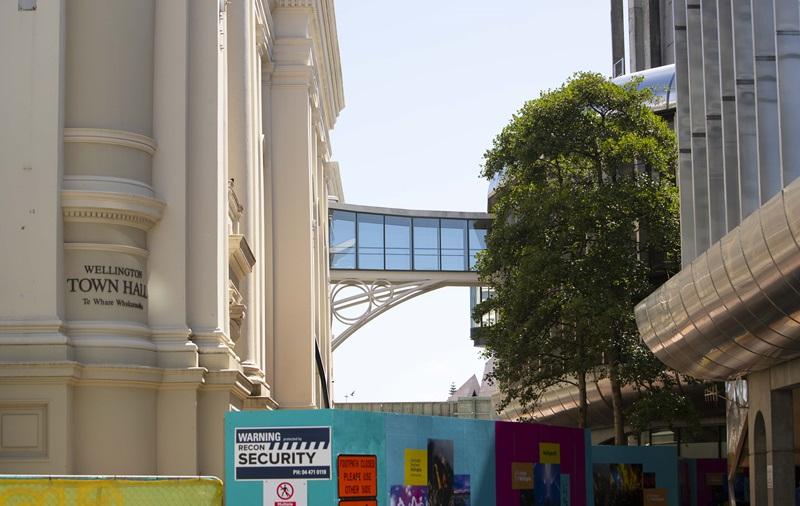
Hi Neighbours!
The Becoming an Age Friendly Business Implementation Guide is now available on our website, providing practical guidance for businesses, services and communities interested in putting an age friendly business programme in place in their city or stores.
If you are thinking about … View moreHi Neighbours!
The Becoming an Age Friendly Business Implementation Guide is now available on our website, providing practical guidance for businesses, services and communities interested in putting an age friendly business programme in place in their city or stores.
If you are thinking about developing an Age friendly Business programme or have more questions about how to get involved, get in touch with us at osc@msd.govt.nz.

There's a new plant-based smell lingering down Forresters Lane. Some say it's a bit nutty, a bit sweet, maybe just a bit spicy.
It smells 100% plant-based. Got the munchies? We sure do.
Yup! We're delighted to share that we've welcomed Dope to Forresters Lane.
Let's … View moreThere's a new plant-based smell lingering down Forresters Lane. Some say it's a bit nutty, a bit sweet, maybe just a bit spicy.
It smells 100% plant-based. Got the munchies? We sure do.
Yup! We're delighted to share that we've welcomed Dope to Forresters Lane.
Let's talk about Dope.
Their 100% plant-based coffees, smoothies, treats and eats are so delish you'll be wondering why you hadn't had Dope before.
Come say hi to Sian and Sean they're open from 7.30 am to 2 pm Tuesday to Friday.
Don't forget to BYO cup! You'll need one if you want to take your coffee away.
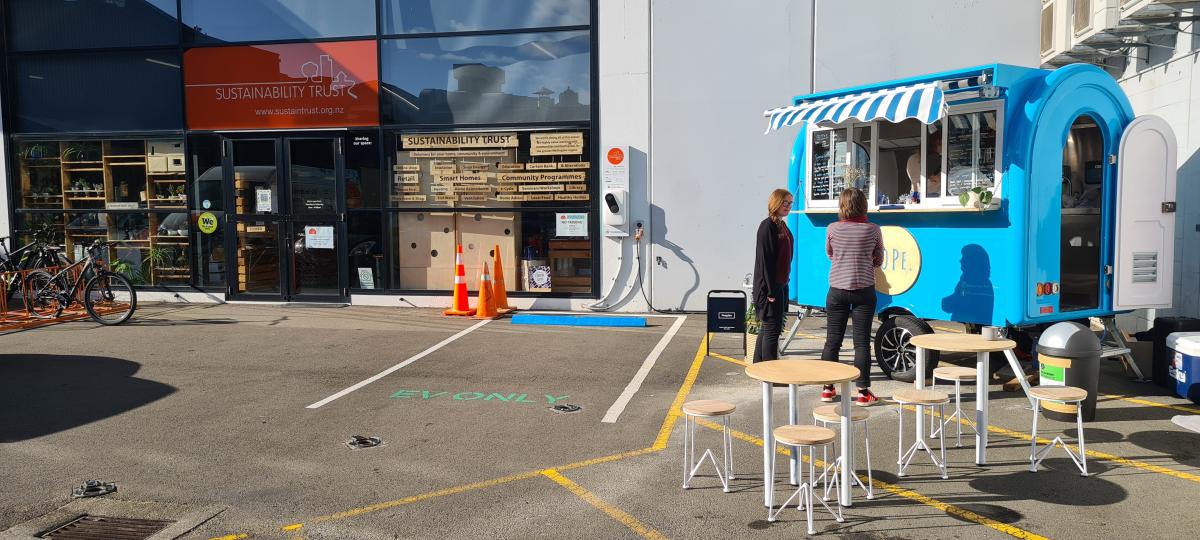
Hey neighbours,
Who's foiling and who's failing?
Stuff's America's Cup correspondent Duncan Johnstone brings you all the action from on and off the water, delivered to your inbox every Monday.
Subscribe to our weekly newsletter (for free) here.

79 replies (Members only)
Christopher from Brooklyn
This swings out when you open the cupboard door. The only part missing is the bin, but a standard bucket fits. For free before it goes to the Tip Shop.
Free
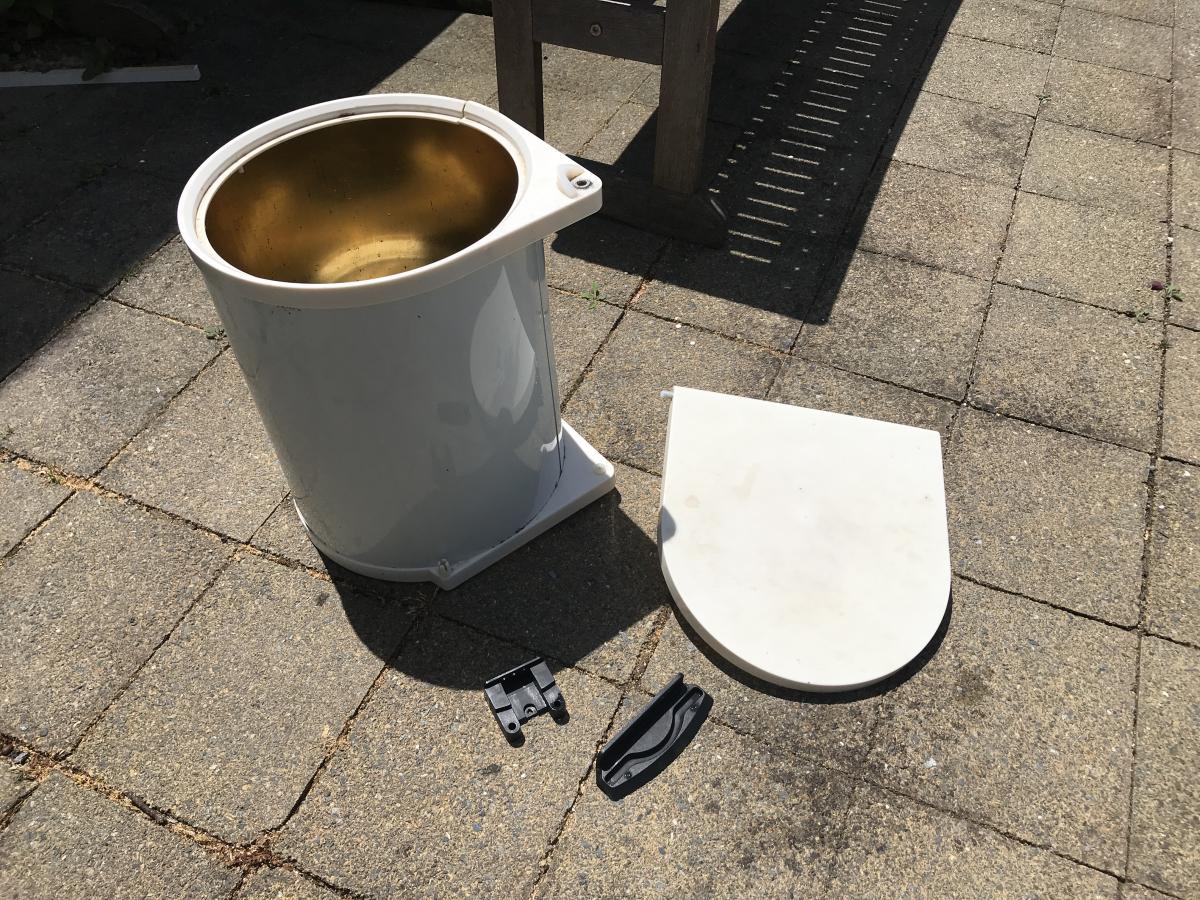
Reporter Community News
Lower Hutt lawyer and arts stalwart Bill Sheat died on Wednesday, January 20 after a short illness aged 90. As well as saving two of Wellington’s most important buildings – the Opera House and Embassy Theatre – from the wrecking ball, Sheat wil be remembered for his massive contribution to … View moreLower Hutt lawyer and arts stalwart Bill Sheat died on Wednesday, January 20 after a short illness aged 90. As well as saving two of Wellington’s most important buildings – the Opera House and Embassy Theatre – from the wrecking ball, Sheat wil be remembered for his massive contribution to the arts over a 60-year period.
In 2019, he was chosen as a Wellington Icon at the Gold Awards for his service to Wellington arts over the previous 60 years.

Naichao from Oriental Pantry
Dear Neighbours,
Fresh Australian Lychee has just arrived.
Only $40 per kg.
Please come and check it.
Cheers!
Price: $40

Reporter Community News
Wellington rivers could spell trouble for swimmers this week, with every popular spot in the region ranked as either unsuitable for swimming, or at least requiring caution.
Toxic algae blooms and elevated levels of E. Coli are prompting warnings from Land Air Water Aotearoa (LAWA), which provides … View moreWellington rivers could spell trouble for swimmers this week, with every popular spot in the region ranked as either unsuitable for swimming, or at least requiring caution.
Toxic algae blooms and elevated levels of E. Coli are prompting warnings from Land Air Water Aotearoa (LAWA), which provides updates on 125 spots in the Wellington region.
On Tuesday morning, according to LAWA, 16 of 20 popular river spots in the region were unsuitable for swimming, and caution was advised for the remaining four due to large amounts of E. Coli bacteria and toxic algae blooms.
Toxic algae and E. Coli both cause gastrointestinal illness and infections, with symptoms such as nausea, vomiting, and diarrhea.
Please put NFP if you do not want your comment used by Stuff.
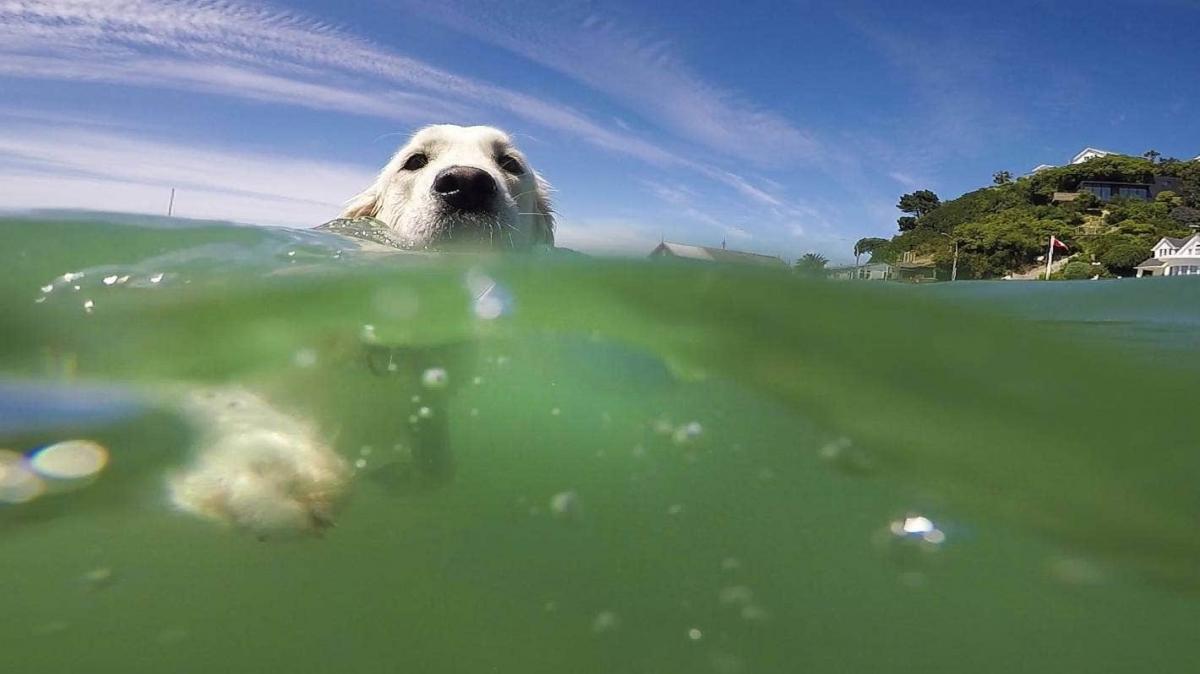
Tonights Gardens Magic concert (Tuesday 19 January) has been postponed due to forecast high winds.
Keep an eye on our Facebook page for further updates, and stay safe out there whānau!
wellington.govt.nz...
 Loading…
Loading…
Are you sure? Deleting this message permanently removes it from the Neighbourly website.
 Loading…
Loading…

 Price by negotiation
Price by negotiation

 Marketed by Dharmendra Mistry
Marketed by Dharmendra Mistry
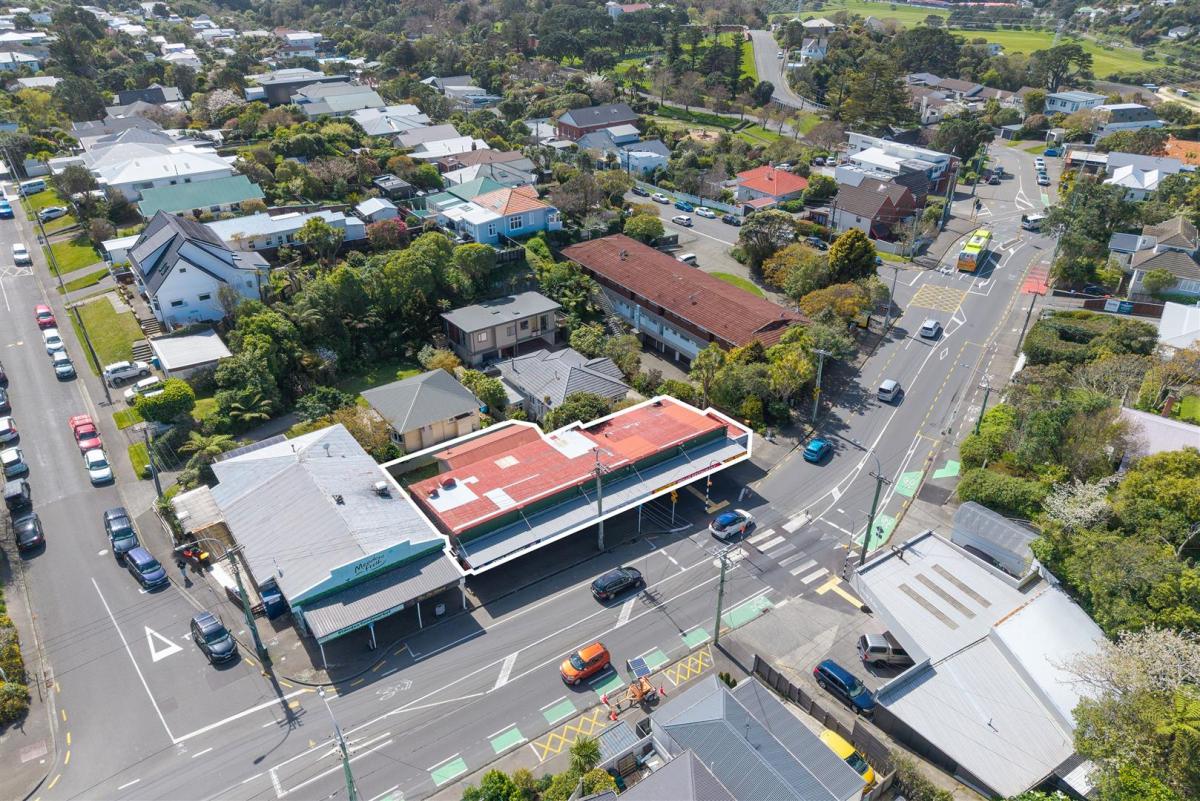
 Price by negotiation
Price by negotiation

 Marketed by Rick Stace
Marketed by Rick Stace
© Neighbourly 2025
